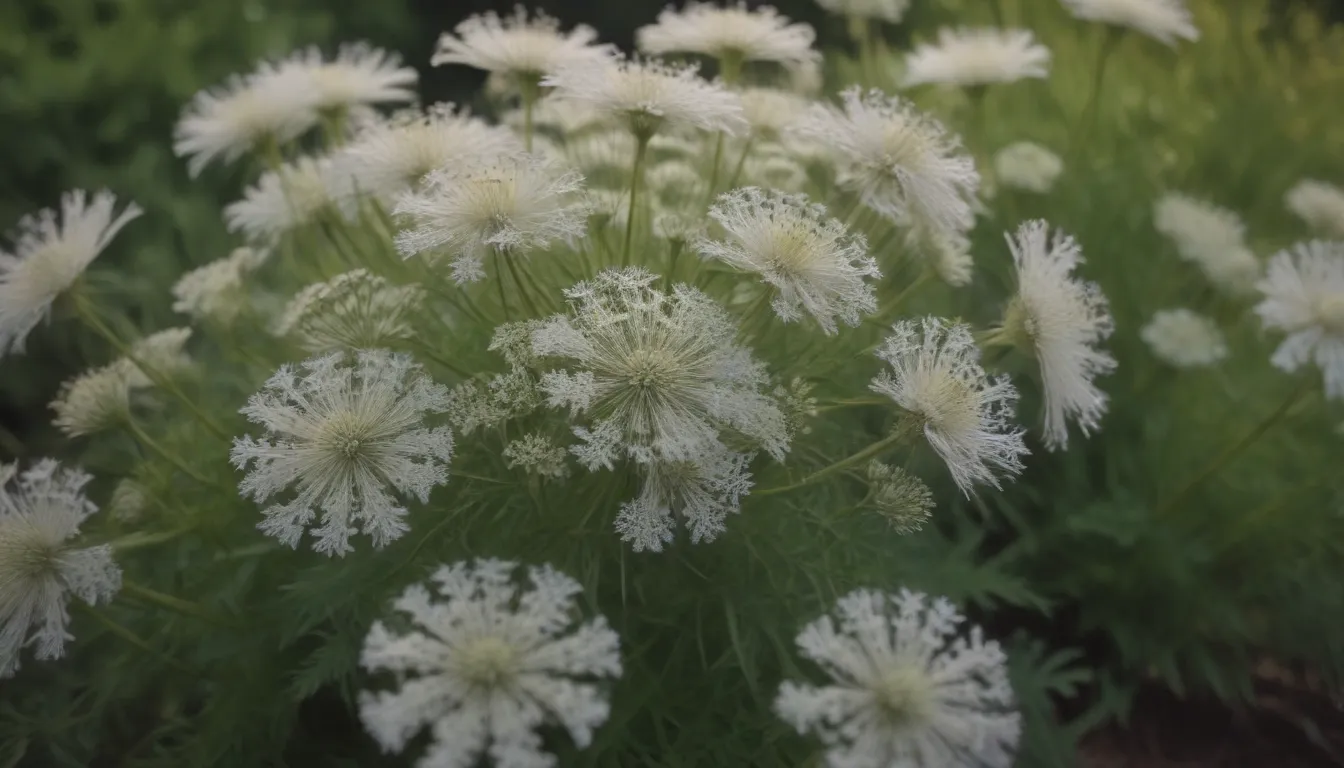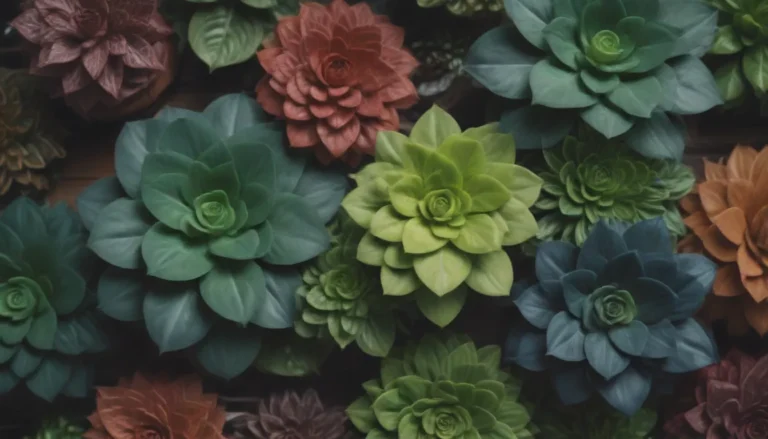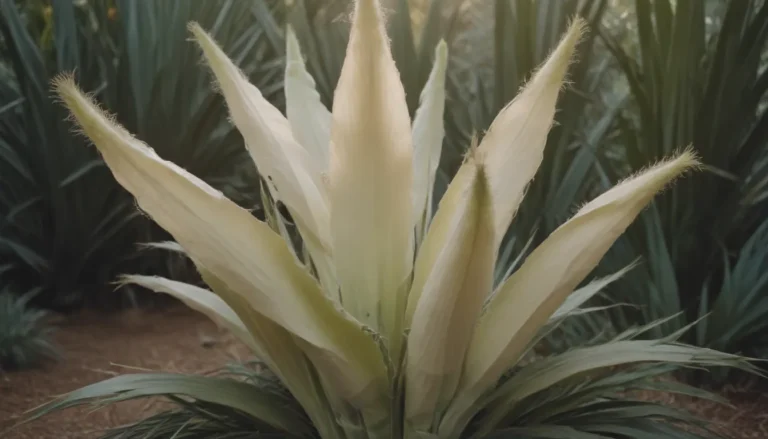The Ultimate Guide to Growing and Caring for Queen Anne’s Lace

If you’re a fan of wildflowers and enjoy the beauty of Queen Anne’s lace, you’re in luck. In this comprehensive guide, we will explore everything you need to know to successfully grow and care for this lovely plant. From its origins to propagation methods, common problems to watch out for, and even how to distinguish it from its toxic lookalike, poison hemlock – we’ve got you covered.
Origins and Characteristics of Queen Anne’s Lace
Native to Europe and Asia, Queen Anne’s lace is a delicate and pretty wildflower that graces meadows and roadsides throughout the summer. Its fern-like leaves and creamy white flower tops create a lovely contrast in any landscape. While some may consider it a weed due to its invasive nature in North America, Queen Anne’s lace offers multiple benefits as a food source for pollinators and a long-lasting cut flower in arrangements.
Queen Anne’s Lace Trivia:
- Similar in appearance to wild yarrow.
- Resembles goutweed and wild carrot (Daucus carota).
- Named for its resemblance to fine lace associated with Queen Anne’s reign.
Queen Anne’s Lace Care Tips
Despite its invasive tendencies, Queen Anne’s lace is a relatively low-maintenance plant that can thrive with minimal care. Here are some essential care tips to help your Queen Anne’s lace flourish in your garden or landscape:
Light:
- Prefers dry, sunny spots like meadows and roadsides.
- Can also tolerate partial shade conditions.
Soil:
- Thrives in poor soil conditions, such as vacant lots and curbsides.
- Not fussy about soil quality.
Water:
- Drought-tolerant and can withstand hot, dry summers.
- Minimal watering required once established.
Temperature and Humidity:
- Hardy in extreme temperatures, from scorching summers to cold winters.
- Prefers sunny, well-ventilated areas over damp, humid conditions.
Propagating Queen Anne’s Lace
While Queen Anne’s lace can be propagated by digging up young plants and transplanting them, the most effective method is through seed propagation. Here’s how you can propagate Queen Anne’s lace in your garden:
- Gather seeds by brushing hand over flower umbels in late summer.
- Scatter seeds in desired location and gently press into soil.
- Seeds will root and sprout the following year.
Queen Anne’s Lace vs. Poison Hemlock
It’s crucial to be able to distinguish between Queen Anne’s lace and poison hemlock, as the latter is highly toxic to humans and animals. Here are some key differences to help you identify them correctly:
Queen Anne’s Lace:
- Stem covered in tiny fuzzy hairs.
- Smells like a carrot when root is crushed.
- Grows smaller than poison hemlock, reaching up to 3 feet tall.
Poison Hemlock:
- Smooth stem without hairs.
- Root has a musty odor when crushed.
- Taller in height, ranging from 3-10 feet.
Common Problems and Prevention
While Queen Anne’s lace is relatively pest and disease-resistant, it can attract chiggers, tiny red insects that cause irritating rashes. To avoid common problems and ensure a healthy growing environment, follow these tips:
- Shower or bathe after spending time in areas with abundant Queen Anne’s lace.
- Treat chigger bites with ice or anti-itch creams.
- Monitor for signs of pests or diseases and take timely action to prevent infestations.
Fun Fact:
- Dried and roasted Queen Anne’s lace roots can be ground for making coffee.
- Queen Anne’s lace is edible when young, resembling a carrot in taste.
In conclusion, Queen Anne’s lace is a beautiful wildflower that can enhance the aesthetics of any landscape or garden. By following these care tips and guidelines, you can enjoy the beauty of this plant while minimizing its invasive tendencies. Remember to appreciate the pollinators it attracts and the versatile culinary uses of its roots. Happy gardening with Queen Anne’s lace!





